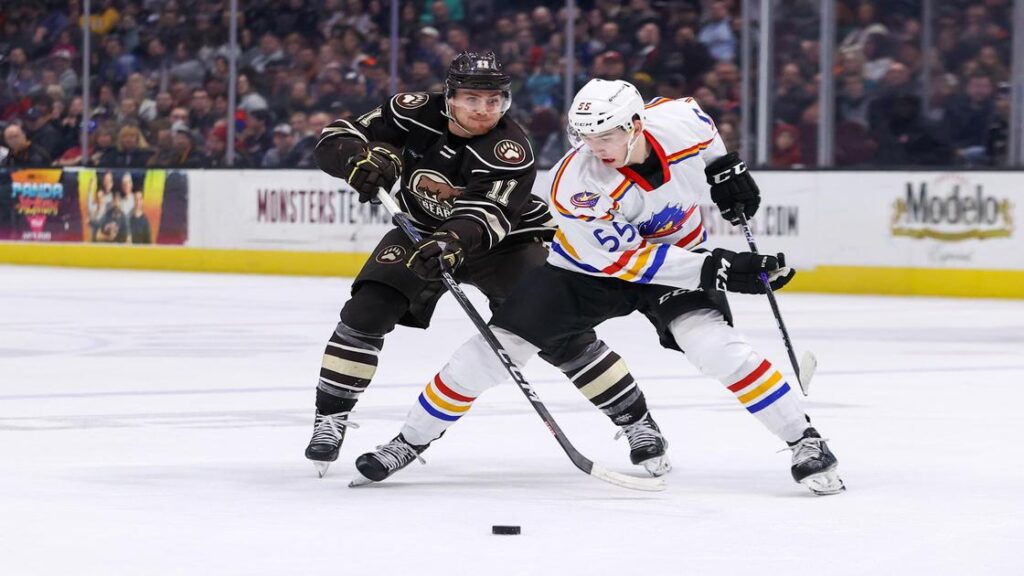Understanding Periods in Hockey Game
Hockey is a fast-paced, exhilarating sport that captivates millions of fans worldwide. One of the fundamental aspects of the game is its structure, particularly the division of play into periods. This article will explore how many periods are in a hockey game, the duration of each period, the significance of these periods, and additional information related to hockey game structure.
The Structure of a Hockey Game
Hockey games are typically divided into three distinct periods. Each period lasts for 20 minutes, making the total regulation time 60 minutes. However, this total does not account for stoppages in play, intermissions, or overtime scenarios that may arise during games.
Key Components of a Hockey Game
- Periods: There are three periods in a standard hockey game.
- Duration: Each period lasts 20 minutes.
- Intermissions: There are usually two intermissions, one between the first and second periods and another between the second and third periods, lasting approximately 15-17 minutes each.
- Overtime: If the game is tied at the end of regulation time, different rules apply depending on whether it is a regular-season game or a playoff game.
Detailed Breakdown of Periods
1. Regular Season Games
In regular-season games, teams play three periods of 20 minutes each. If the score is tied at the end of these three periods:
- A 5-minute overtime period is played.
- If still tied after overtime, a shootout determines the winner.
2. Playoff Games
In playoff games, the structure remains similar with three periods of 20 minutes each; however, if the game ends in a tie:
- Teams play additional 20-minute overtime periods until one team scores (sudden death).
- There are no shootouts in playoffs; the game continues until a goal is scored.
Historical Context
The format of three periods was established in professional hockey to improve gameplay conditions. Prior to 1910, hockey games were played in two 30-minute halves. The change to three 20-minute periods allowed for more frequent ice resurfacing and better playing conditions.
Why Three Periods?
The choice to divide hockey games into three periods rather than quarters or halves has several practical reasons:
- Ice Condition: Frequent resurfacing helps maintain optimal ice quality for player safety and performance.
- Pacing: The structure allows teams to regroup and strategize during intermissions.
- Viewer Engagement: Dividing the game into shorter segments keeps fans engaged throughout the match.
Table: Summary of Hockey Game Structure
| Aspect | Details |
|---|---|
| Total Periods | 3 |
| Duration per Period | 20 minutes |
| Total Regulation Time | 60 minutes |
| Intermission Length | 15-17 minutes (between each period) |
| Overtime (Regular Season) | 5-minute sudden-death |
| Overtime (Playoffs) | 20-minute sudden-death until a goal is scored |
The Role of Intermissions
Intermissions serve multiple purposes:
- Ice Resurfacing: The Zamboni resurfaces the ice to ensure it remains smooth and playable.
- Player Rest: Players have time to rest and hydrate before returning to play.
- Coaching Strategy: Coaches can discuss strategies and adjustments with their teams.
FAQ Section
Q1: How long does a typical hockey game last?A: A typical hockey game lasts about 2.5 to 3 hours, including intermissions and stoppages.
Q2: Are there different rules for international hockey?A: While most international competitions also follow a three-period structure, specific rules regarding overtime may differ from those in NHL games.
Q3: What happens if a game is tied after regulation time?A: In regular-season NHL games, there is a 5-minute overtime followed by a shootout if necessary. In playoffs, teams continue playing until one scores.
Q4: Why do some leagues have different period lengths?A: Recreational leagues may have shorter periods (e.g., 15 minutes) due to varying levels of competition and player age groups.
Q5: Has hockey always been played in three periods?A: No, before 1910, hockey was played in two halves. The shift to three periods was made for better ice maintenance and gameplay quality.
Conclusion
Understanding how many periods are in a hockey game enhances appreciation for this dynamic sport. With three structured periods lasting 20 minutes each, along with intermissions and potential overtimes, hockey offers an engaging experience for players and fans alike. Whether watching an NHL matchup or an international tournament, knowing the game’s structure can deepen your enjoyment.For more detailed information on hockey rules and history, you can refer to Hockey – Wikipedia.






More Stories
Where to Watch USMNT vs Jamaica National Football Team
How I Met My Monster
How Should a Ring Fit